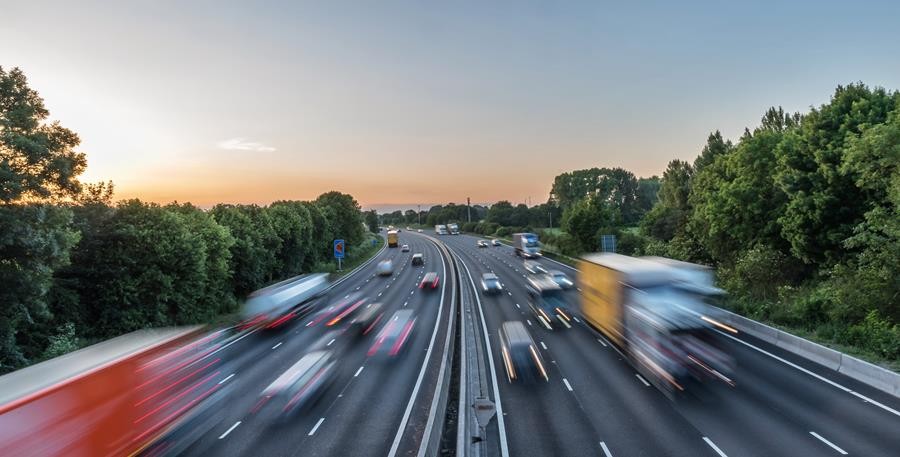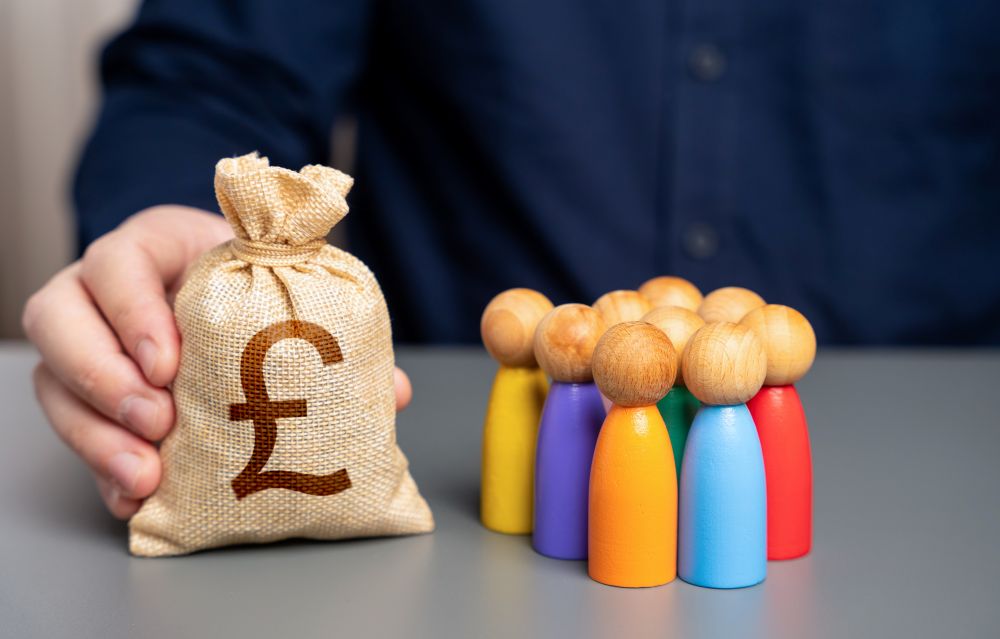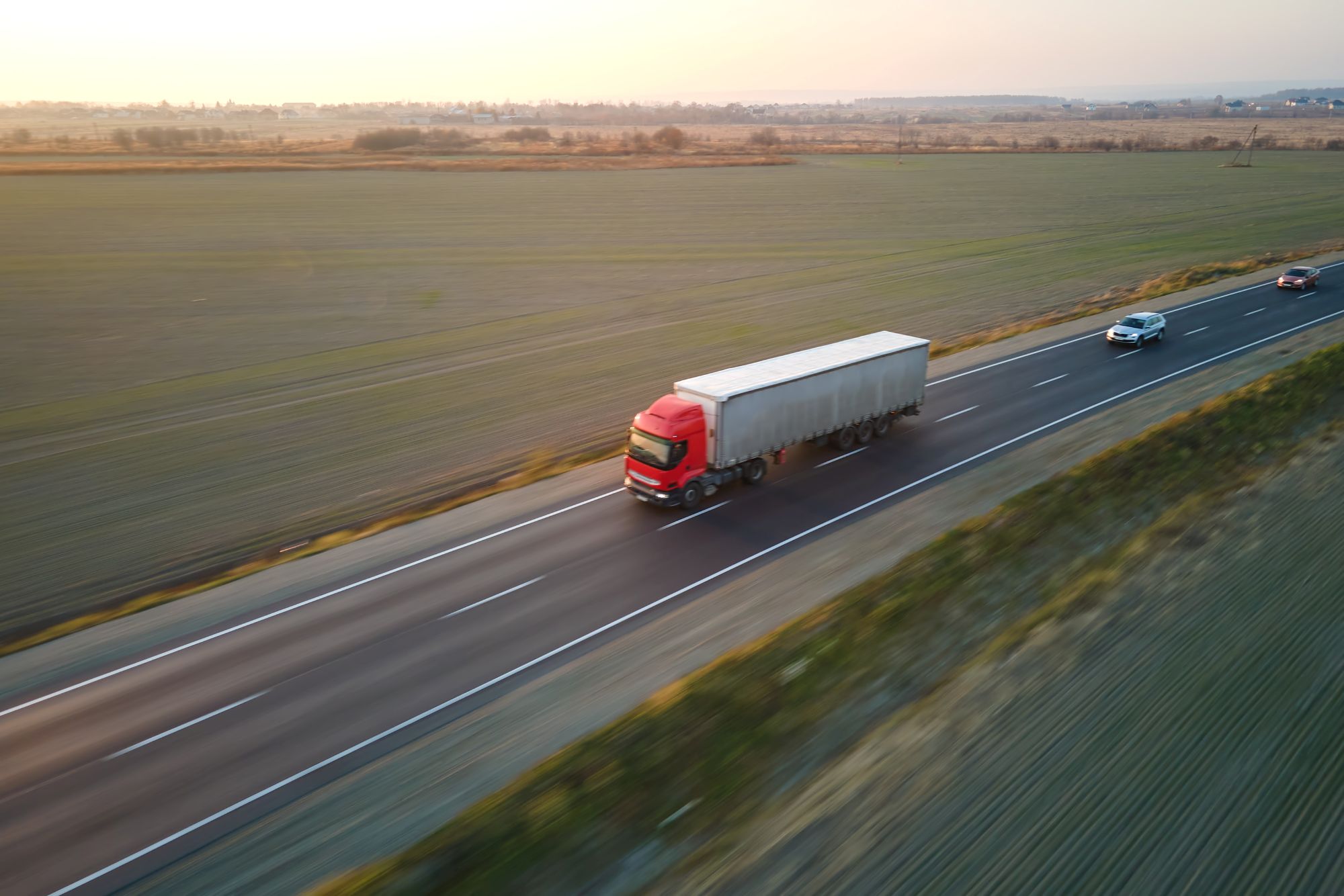
Susie Jones
Путь к устойчивому развитию: Европейская проблема выбросов в транспортном секторе
Создано: 08.08.2024
•
Обновлено: 08.08.2024
Отчет Clean Technica за 2024 год показал, что более 25 % выбросов от дорожного движения приходится на транспортный сектор Европы, причем на долю большегрузных автомобилей приходится 85 % выбросов (остальную часть составляют автобусы и маршрутки).
При сохранении нынешних темпов развития только на транспортный сектор в 2030 году будет приходиться почти половина выбросов парниковых газов в Европе - с 1990 года выбросы от транспорта в Европе увеличились более чем на четверть. Выбросы по всей экономике сократились - однако после пика, достигнутого в 2007 году, транспортный сектор декарбонизировался более чем в три раза медленнеечем остальные отрасли экономики.
В чем причина роста выбросов CO2 в отрасли грузоперевозок?
С распространением электронной коммерции и служб доставки на дом значительно увеличился спрос на грузовики на дорогах. Следовательно, рост спроса привел к увеличению выбросов CO2 в отрасли грузоперевозок.
Отчет Clean Technica о тоннаже внутренних грузоперевозок различными видами транспорта (автомобильным, железнодорожным и водным) показал, что в Европе автомобильные перевозки преобладают над железнодорожными и водными по сравнению с другими регионами (США и Индия). Хотя Китай в большей степени зависит от автомобильных грузоперевозок, отчет показал, что в стране используется около 600 000 электрических грузовиков для доставки товаров.

Какие планы по сокращению выбросов CO2 существуют в Европе?
Европейский парламент принял [Европейский закон о климате] (https://climate.ec.europa.eu/eu-action/european-climate-law_en#:~:text=The%20European%20Climate%20Law%20writes,2030%2C%20compared%20to%201990%20levels.) для борьбы с растущими выбросами CO2. В рамках этого закона цель ЕС по сокращению чистых выбросов парниковых газов к 2030 году была увеличена как минимум до 55 %, что делает климатическую нейтральность к 2050 году юридически обязательной.
В мае 2024 года страны ЕС одобрили закон о сокращении выбросов CO2 грузовиками. Согласно новому закону, новые большегрузные автомобили, продаваемые в ЕС с 2040 года, должны быть свободны от выбросов - при этом к тому же году будет обеспечено 90 % сокращение выбросов CO2 новыми грузовыми автомобилями. Производители должны продавать большое количество полностью свободных от CO2 грузовиков - например, электромобилей и автомобилей на водородном топливе - чтобы компенсировать оставшиеся продажи автомобилей с выбросами CO.
Какие действия могут предпринять руководители автопарков для сокращения выбросов CO2?
Руководители автопарков могут принять меры по сокращению выбросов CO2:
Резкое торможение, быстрое ускорение и холостой ход могут увеличить расход топлива и выбросы парниковых газов. Хотя мониторинг поведения водителя может быть сложной задачей, технология искусственного интеллекта может обеспечить постоянную обратную связь с водителями и менеджерами автопарков. Узнайте больше о том, как ИИ может положительно повлиять на устойчивое развитие в отрасли грузоперевозок.
Автопарки со старыми автомобилями могут перейти на гидроочищенное растительное масло (ГРМ), водород или электромобили, чтобы значительно сократить выбросы. Однако руководители автопарков должны учитывать расстояние, которое могут проехать автомобили на альтернативных видах топлива, и их стоимость.
SNAP Account позволяет руководителям автопарков сократить пробег в объезд - благодаря более чем 600 сервисным партнерам, доступным клиентам SNAP Account, руководители автопарков могут планировать ночные остановки для своих водителей на маршруте.
Существует ли инфраструктура для зарядки электрических грузовиков?
Согласно исследованию [PwC] (https://www.strategyand.pwc.com/de/en/industries/transport/the-dawn-of-electrified-trucking.html), к 2030 году треть всех грузовиков в Европе будет электрической. Поскольку автопарки предпринимают шаги по электрификации, стоянки грузовиков по всей Европе должны быть в состоянии удовлетворить спрос на электрические зарядные станции.
Обеспечение инфраструктуры обойдется многим автостоянкам и станциям техобслуживания недешево. Однако те, кто уже разместил зарядные устройства для EV-автомобилей, имеют все шансы воспользоваться преимуществами будущих волн электрических грузовиков. К 2030 году количество общественных зарядных станций в Европе вырастет до 3600 - ЕС выдвинул амбициозный закон о зарядке с Положением об инфраструктуре альтернативного топлива (AFIR). AFIR планирует оснастить основную дорожную сеть зарядными станциями через каждые 60 км, обеспечив достаточное количество зарядной энергии и водородных мощностей, чтобы к 2030 году 9 % парка грузовых и междугородних автобусов стали безэмиссионными.
В какой европейской стране больше всего выбросов CO2?
В 2021 году Германия, Франция и Италия были ответственны за самые высокие общие выбросы парниковых газов (ПГ) - от 375 000 до 740 000 ктонн CO2. Однако страны с большим населением производят больше выбросов парниковых газов, поэтому общий объем выбросов парниковых газов дает искаженное представление.
Если взглянуть на выбросы беспристрастно, то картина будет иной: Люксембург, Ирландия и Чехия в 2021 году произвели больше всего выбросов на душу населения в ЕС.
Какой способ перевозки грузов является самым экологически чистым?
Перевозка грузов по железной дороге - один из самых экологически чистых видов транспорта, но у нее есть и другие преимущества:
Снижает загруженность дорог, что способствует улучшению качества воздуха.
Железнодорожный транспорт обеспечивает более быструю транспортировку грузов и устраняет препятствия, связанные с интенсивным движением.
Грузовики на альтернативном топливе - еще один экологически чистый способ транспортировки грузов. Гидроочищенное растительное масло (HVO) способно сразу же сократить до 90 % парниковых выбросов по сравнению со стандартным дизельным топливом в течение всего жизненного цикла продукта. Компания Certas Energy HVO стоит за переходом на более чистую альтернативу, помогая предприятиям достичь своих целей в области устойчивого развития и сделать значимые шаги в направлении будущего с нулевым уровнем выбросов.



